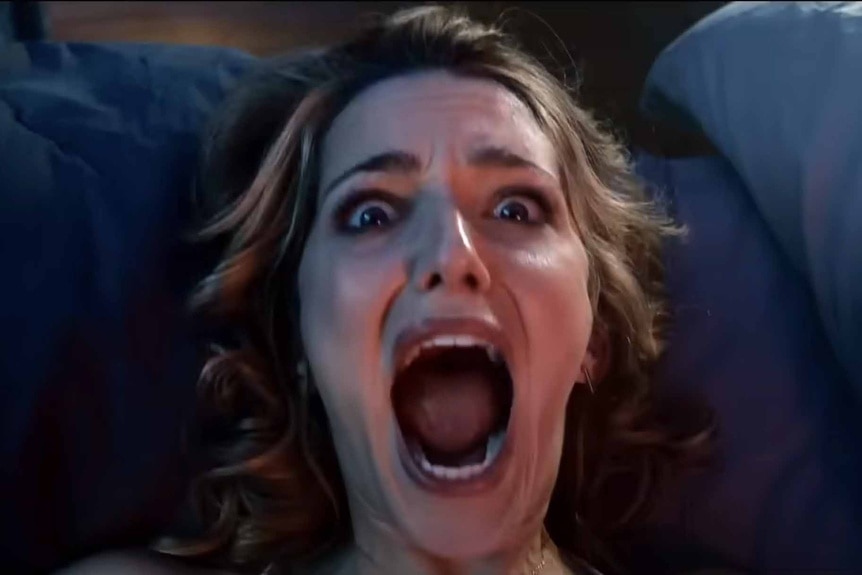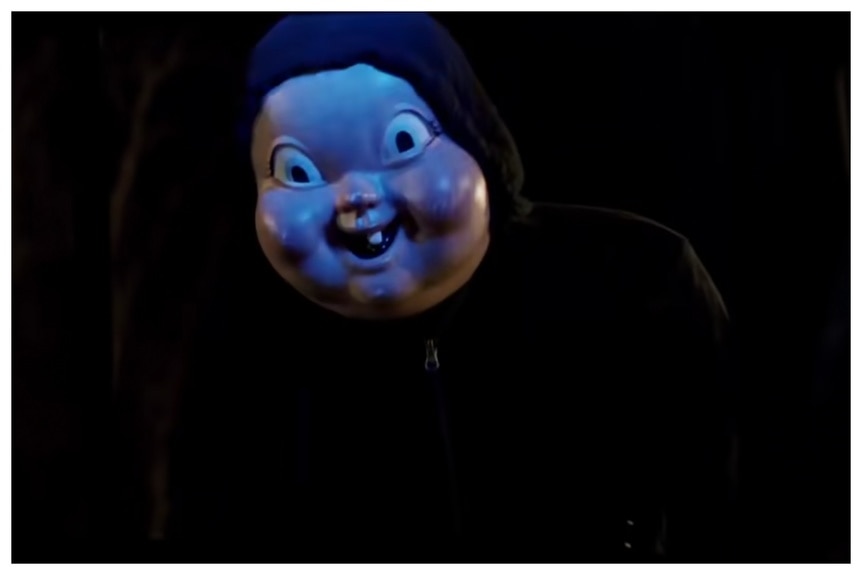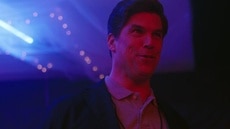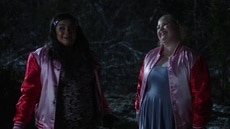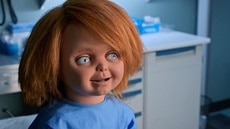Create a free profile to get unlimited access to exclusive videos, sweepstakes, and more!
Understanding Time Loops: The Science of Happy Death Day
The good news is you're probably not going to get stuck in a time loop.
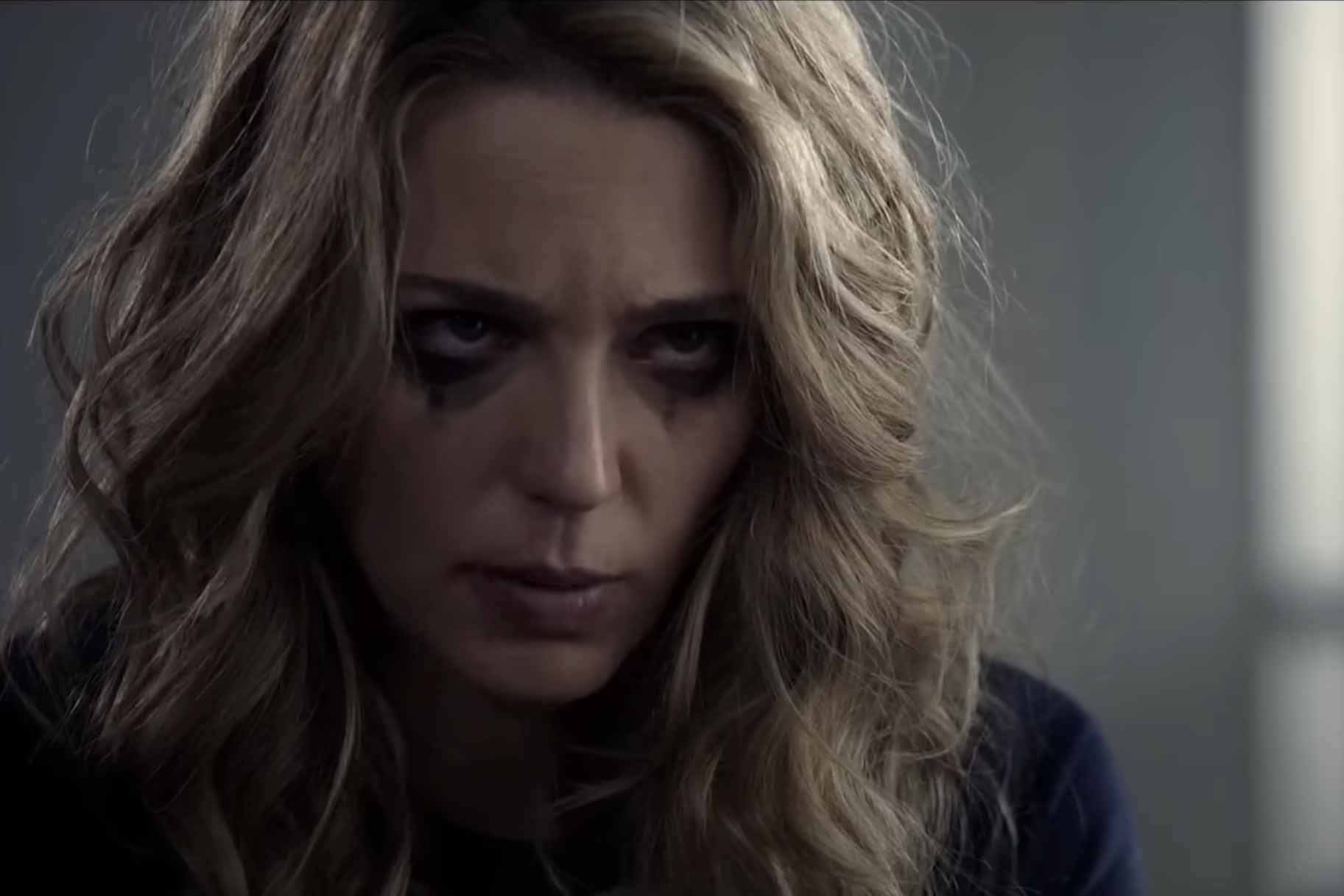
Is it possible to end up in a time loop? And if it happened, is there anything you could do to get out of it? Those are the questions underlying the 2017 horror comedy Happy Death Day (streaming now on Peacock). At least, those are some of the questions, alongside critical queries like, “Who is trying to kill me and why?”
Tree Gelbman (Jessica Rothe) wakes up on her birthday and goes about her business. She meets with classmates, friends, and professors before heading to a celebratory birthday party. On the way, she is lured into a tunnel and killed by a mysterious hooded figure in a baby mask. That’s when the story takes a turn from standard horror fare to science fiction.
Tree immediately wakes at the start of her birthday again, as if it never happened. She goes about her day, reliving the same events over again, with one important exception: She avoids the tunnel, the hooded figure, and her subsequent murder, arriving at the party alive. Unfortunately, the masked killer shows up and gets the job done during the celebration. So Tree wakes up again, realizing she’s trapped in a time loop that begins the morning of her birthday and ends with her death.
It’s an entertaining spin on the classic time loop narrative made popular by Groundhog Day (though the idea predates that film by almost a century), but is it something that could actually happen?
Are time loops real?
Maybe.
We know that space and time are bound up together into a single fabric called spacetime. We also know that an individual’s experience of time is relative, courtesy of Einstein. Each of us is experiencing time at our own rate, dependent on our reference frame. One of the most common ways we see the relative nature of time is in relation to speed. One of the consequences of relativity is that the faster you’re traveling through space, the slower you’re traveling through time.
If you could approach near the speed of light, you might experience only a few moments of subjective time while the universe around you experiences hundreds or thousands of years. An astronaut aboard such a hypothetical spaceship could effectively travel into the future. Here on Earth, we’re all traveling at more or less the same speed, with respect to the speed of light. We share a reference frame and therefore, have a shared experience of time.
In addition to allowing for travel into the future, the math also suggests that if you could warp spacetime enough, you might get it to fold back in on itself, delivering you into the past. Spacetime would curve around to create a closed timelike curve (CTC). The question is whether time loops are little more than a mathematical thought experiment or a real-world possibility.
Stephen Hawking suggested back in 1991 that the laws of physics won’t allow for changes to past events. What Hawking called the Chronology Protection Conjecture apparently prevents the existence of time loops. However, more recent examinations allow for the possibility under the right conditions. Although, it’s important to note that even simulated CTCs require incredible velocity (exceeding the speed of light), incredible mass (something akin to the singularity of a black hole), or exotic matter with negative mass. These are all things that are either not known to exist (exotic matter), break the laws of physics (exceeding light speed), or are beyond our technological capability (putting a singularity inside a spacecraft).
One criticism of Hawking’s interpretation is that a closed timelike curve wouldn’t change past events. Because it’s a closed loop, any changes to the past would have always been present. Hawking’s Chronology Protection Conjecture doesn’t apply because, in this case, chronology doesn’t need protecting. In fact, more recent simulations have suggested that a CTC would so fully protect chronology that a person inside of one wouldn’t ever realize it. After completing a loop, all variables return to their initial state, including the memories of the observer.
It’s unlikely that a time loop like the one in Happy Death Day could exist, unless the university is pulling off some wacky physics experiments which are rippling through the campus. That’s the good news; the bad news is that if Tree really did get stuck in a murderous time loop, it would be even more horrific than what plays out on screen. There’s nothing Tree or anyone else could do to prevent her violent death over and over again, forever.
Watch Happy Death Day, streaming now on Peacock! Watch Happy Death Day, streaming now on Peacock! Watch Happy Death Day, streaming now on Peacock! Watch Happy Death Day, strea…
